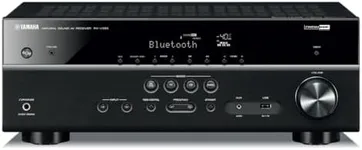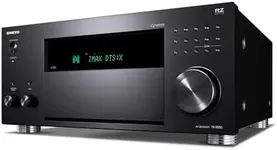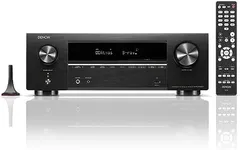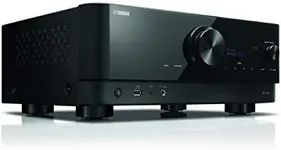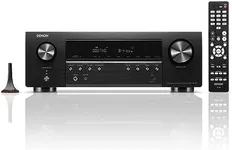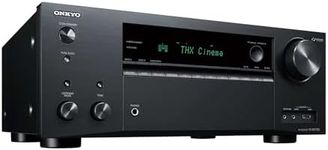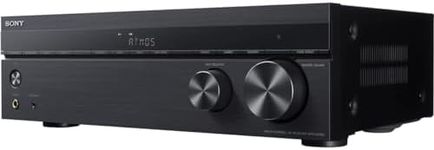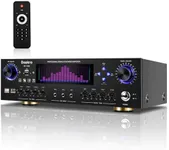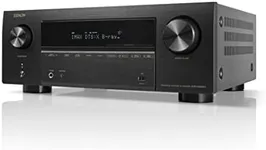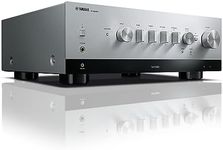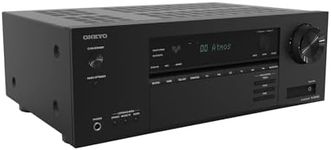Buying Guide for the Best Small Stereo Receiver
Choosing the right small stereo receiver can greatly enhance your audio experience, whether you're setting up a home theater, a music system, or just want better sound quality for your TV. The key is to understand the various specifications and how they align with your specific needs. Here are some important specs to consider when selecting a small stereo receiver.Power OutputPower output, measured in watts per channel, indicates how much power the receiver can deliver to your speakers. This is important because it affects the volume and clarity of the sound. For small rooms or casual listening, a receiver with 20-50 watts per channel may suffice. For larger rooms or more demanding audio setups, you might need 50-100 watts per channel or more. Consider the size of your room and your listening habits when choosing the power output.
Number of ChannelsThe number of channels refers to how many speakers the receiver can support. A 2-channel receiver is suitable for a simple stereo setup, while a 5.1 or 7.1 channel receiver can support surround sound systems. If you plan to use your receiver for home theater purposes, more channels can provide a more immersive experience. For music listening, a 2-channel receiver might be all you need.
Connectivity OptionsConnectivity options determine how you can connect your devices to the receiver. Common options include HDMI, optical, coaxial, and RCA inputs, as well as wireless options like Bluetooth and Wi-Fi. HDMI is essential for connecting modern TVs and gaming consoles, while Bluetooth and Wi-Fi are great for streaming music from your phone or computer. Consider what devices you plan to connect and ensure the receiver has the necessary inputs and wireless capabilities.
Audio Formats and DecodingAudio formats and decoding capabilities refer to the types of audio signals the receiver can process. Look for support for popular formats like Dolby Digital, DTS, and high-resolution audio. This is important for getting the best sound quality from your movies, games, and music. If you enjoy high-fidelity audio or have a collection of high-resolution music files, make sure the receiver supports these formats.
Size and DesignThe size and design of the receiver are important for fitting it into your space and matching your aesthetic preferences. Small stereo receivers are designed to be compact, but sizes can still vary. Measure the space where you plan to place the receiver and choose one that fits comfortably. Additionally, consider the design and color to ensure it complements your other audio equipment and room decor.
User Interface and ControlsThe user interface and controls determine how easy it is to operate the receiver. Look for a receiver with a clear display, intuitive controls, and a well-designed remote. Some receivers also offer smartphone apps for control, which can be very convenient. If you prefer a simple and straightforward setup, choose a receiver with an easy-to-navigate interface and user-friendly controls.
